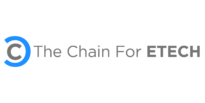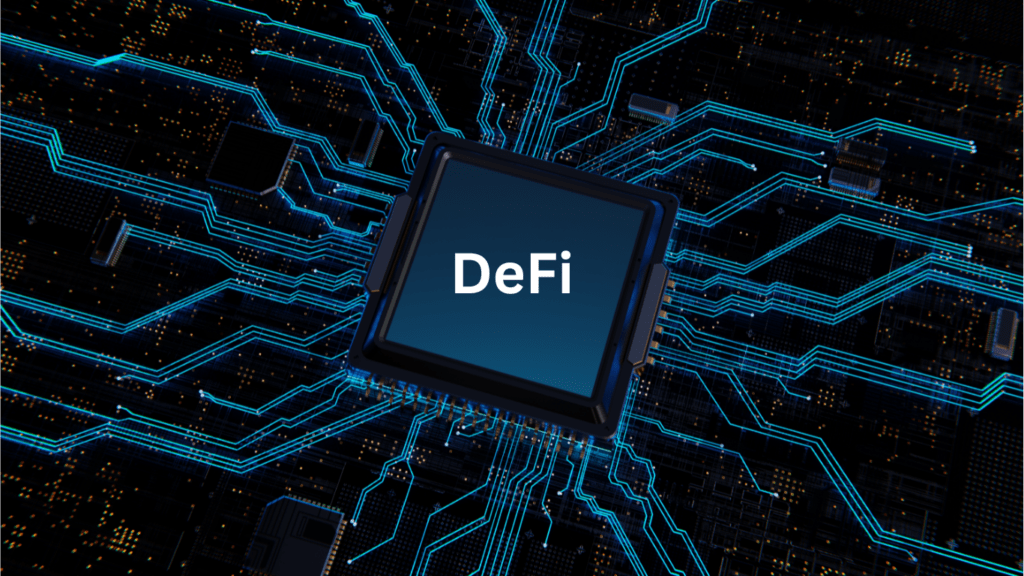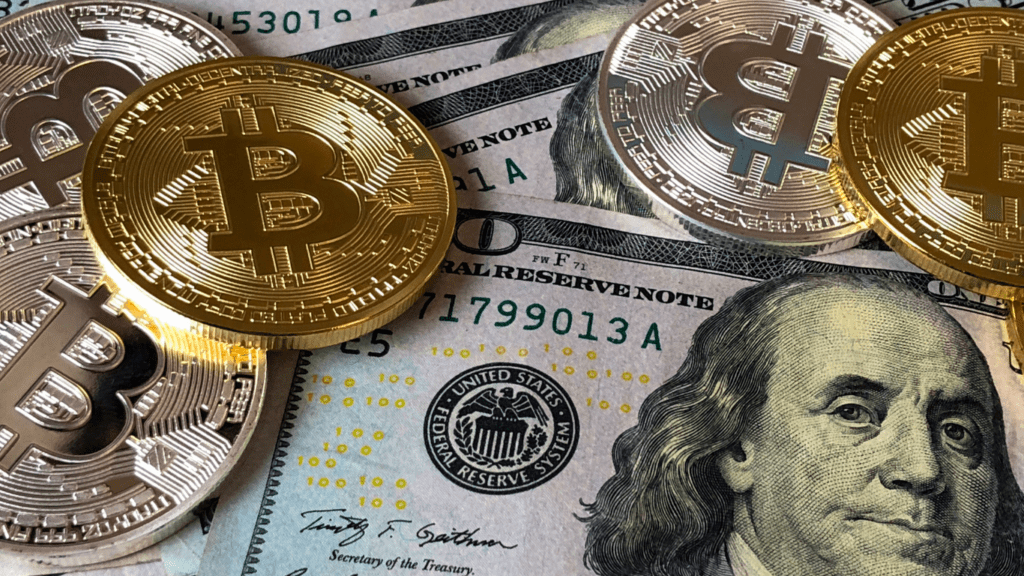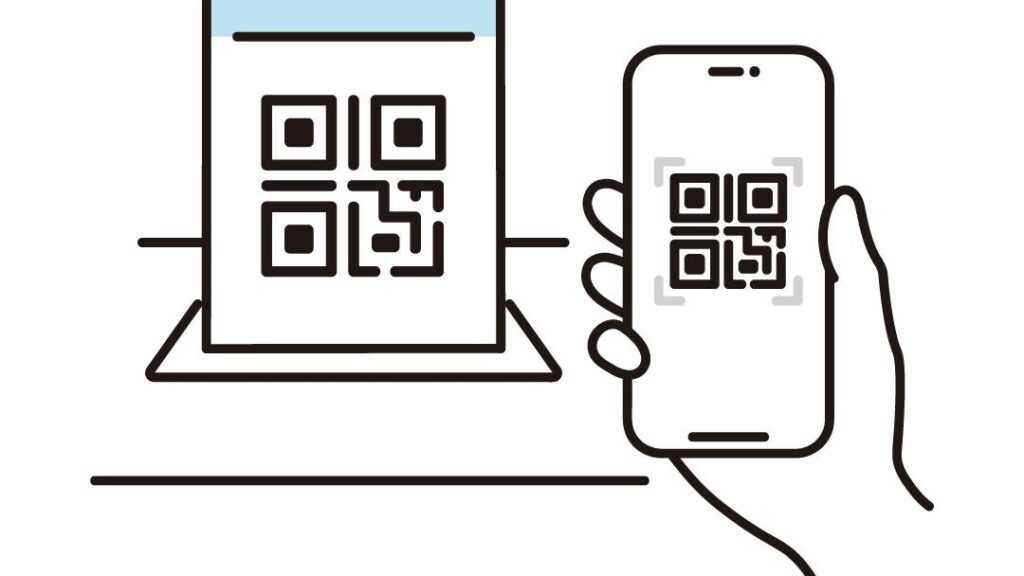Understanding DeFi
Decentralized Finance (DeFi) is changing how financial systems operate, bringing transparency, accessibility, and efficiency.
What Is DeFi?
DeFi refers to a system where financial products become available on a decentralized blockchain network, making them accessible to anyone with internet access. It’s built on blockchain technology, which ensures transparency and security through immutable records and smart contracts. Unlike traditional finance, DeFi operates without intermediaries, reducing costs and increasing transaction speed.
Importance of DeFi in the Financial Ecosystem
DeFi is crucial for financial inclusivity, providing services to unbanked and underbanked populations. It’s democratizing finance by giving users full control over their assets and transactions without relying on centralized entities.
This innovation enhances financial transparency and reduces fraud through open-source blockchains like Ethereum, which host numerous DeFi applications. Additionally, DeFi platforms offer diverse investment opportunities, including lending, borrowing, and yield farming, which contribute to a more dynamic and resilient financial ecosystem.
Criteria for Evaluating DeFi Projects
When assessing DeFi projects for potential investment, several critical factors should be considered to ensure a well-rounded evaluation.
Security
Security forms the backbone of any reliable DeFi project. It’s crucial to examine whether the project has undergone audits by reputable firms, such as CertiK or Quantstamp. Projects should also have a history of transparent communication regarding their security measures. Multiple layers of defense, including code reviews, bug bounties, and penetration testing, contribute to a robust security framework.
Innovation
Innovation sets leading DeFi projects apart. To gauge a project’s innovative potential, look for unique features and functionalities that differentiate it from competitors.
Identify if it leverages state-of-the-art technologies like zk-SNARKs or cross-chain compatibility. Projects that continuously evolve and integrate cutting-edge advancements reflect a commitment to staying ahead in the dynamic DeFi landscape.
User Adoption
User adoption indicates a project’s credibility and potential for growth. Metrics such as active user base, transaction volumes, and community engagement are key indicators.
Platforms with high liquidity, numerous partnerships, and an expanding ecosystem suggest strong user confidence. Check for testimonials, user reviews, and social media activity as proxies for widespread acceptance and satisfaction.
Top DeFi Projects to Watch in 2024

In 2024, several DeFi projects are set to dominate the space, showcasing innovation, security, and strong user adoption.
Project 1: Overview and Key Features
Uniswap leads the decentralized exchange (DEX) market. As a top Automated Market Maker (AMM), it enables direct trading without intermediaries. Key features include:
- Liquidity Pools: Allow users to earn fees by supplying liquidity (ETH-DAI, USDC-ETH).
- Swaps: Facilitate instant token exchanges.
- Governance: Holders of UNI tokens participate in decision-making.
Project 2: Overview and Key Features
Aave revolutionizes lending and borrowing in DeFi. Deployed initially on the Ethereum blockchain, its key features are:
- Flash Loans: Offer uncollateralized loans that must be repaid within one transaction.
- Interest Rate Switching: Users toggle between stable and variable rates.
- Staking: Incentivizes depositors with safety module participation.
Project 3: Overview and Key Features
MakerDAO supports the creation of DAI, a stablecoin pegged to USD. As a leading platform, it provides:
- Collateralized Debt Positions (CDPs): Users lock ETH or other assets to generate DAI.
- Governance: MKR token holders influence the protocol parameters.
- Stability Fee: Ensures that DAI’s peg to USD remains firm.
Project 4: Overview and Key Features
Compound simplifies crypto lending and borrowing. It automatically matches users seeking to lend or borrow supported assets:
- Algorithmic Interest Rates: Adjust based on supply and demand.
- cTokens: Represent claim to the assets deposited in the protocol.
- Autonomous Operations: Requires minimal governance for everyday functionality.
Project 5: Overview and Key Features
Yearn.finance optimizes yield farming strategies. Created by Andre Cronje, it streamlines complex DeFi processes:
- Vaults: Automate yield farming strategies for maximum returns.
- Earn: Moves funds between lending protocols for the best yields.
- Insurance: Provides coverage against smart contract risks.
These DeFi projects exemplify the innovative and secure solutions likely to shape the decentralized finance landscape in 2024.
Emerging Trends in DeFi
Decentralized Finance (DeFi) continues to evolve, introducing transformative trends that promise to shape the financial landscape in 2024.
Cross-Chain Compatibility
Cross-chain compatibility allows DeFi projects to interact across different blockchain networks. This innovation expands liquidity sources and reduces transaction fees.
For instance, projects like Polkadot and Cosmos focus on seamless blockchain interchangeability, promoting interoperability. This trend boosts user engagement by simplifying asset transfer between platforms, enhancing DeFi’s overall efficiency.
Enhanced Security Measures
Enhanced security measures are crucial for DeFi projects. Implementing advanced security protocols protects assets and user data. For example, auditing smart contracts, multi-signature wallets, and decentralized insurance mitigate risks.
Projects like Aave and Compound elevate security standards by collaborating with reputable auditing firms. These measures ensure robust protection against vulnerabilities, enhancing user confidence in DeFi platforms.



 Chief Technology Officer (CTO)
As Chief Technology Officer, Victor Kenneyell oversees the technical infrastructure and development strategies of the website. With a background in computer science and blockchain engineering, Victor ensures that the platform remains at the forefront of technological advancements in the crypto industry. His expertise in smart contracts, cybersecurity, and blockchain scalability solutions helps the website provide users with a secure and innovative experience.
Chief Technology Officer (CTO)
As Chief Technology Officer, Victor Kenneyell oversees the technical infrastructure and development strategies of the website. With a background in computer science and blockchain engineering, Victor ensures that the platform remains at the forefront of technological advancements in the crypto industry. His expertise in smart contracts, cybersecurity, and blockchain scalability solutions helps the website provide users with a secure and innovative experience.
